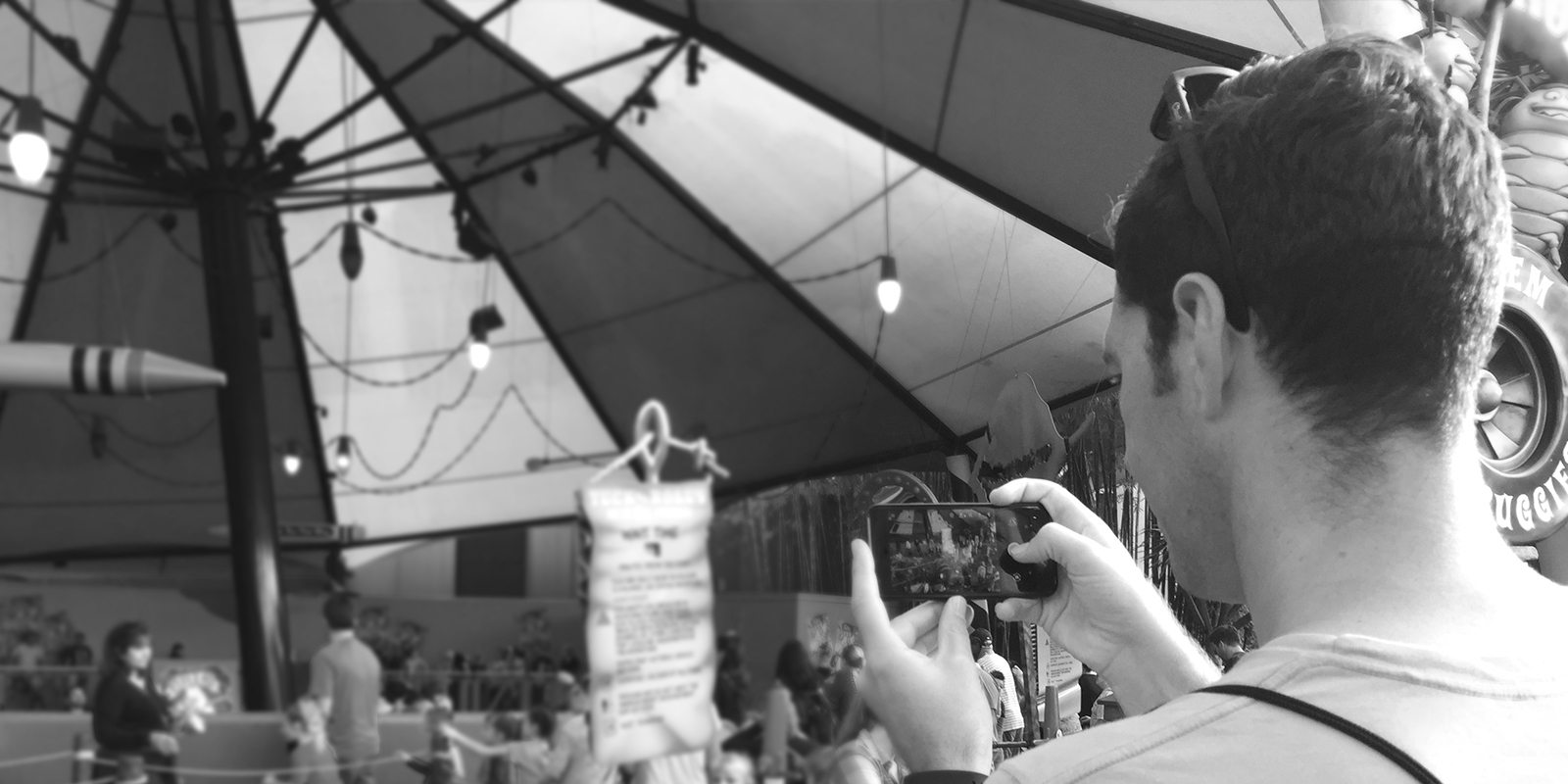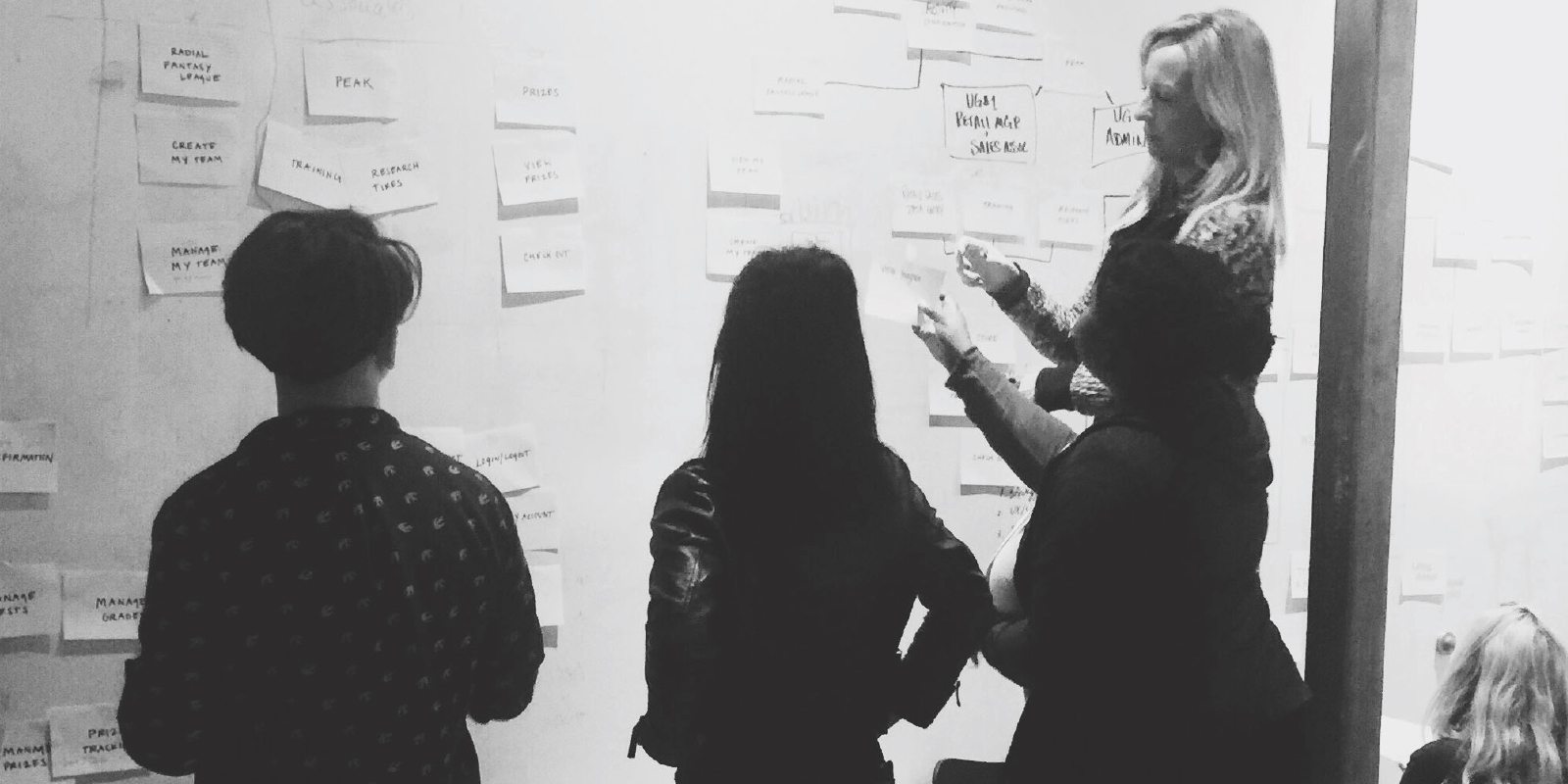It’s a little sobering when you think about how much time, money and energy is being wasted building features that the market doesn’t want or need. – Christian Bonilla, Mind the Product
The best way, really the only way, to find out what features people want is to get out into the world with them. Observe and talk to them where they live, where they work, where they go about their lives. Through understanding the lives, emotions, and needs of the human beings that will hopefully experience your digital product on a daily basis, you can make sure that what you’re building has the features that they will love. However, most organizations skip this crucial step and make products that are based on their own internal stakeholder’s gut feelings. The truth is that your goals might not align with what people really need. Figuring that out happens by researching your chosen audience out in the field.
Steve Jobs famously said, “people don’t know what they want until you show it to them.” Henry Ford stated that “If I had asked people what they wanted, they would have said faster horses.” These are the types of sentiments that often justify creating digital products in-house without any field research. However, Apple, and Ford both did, and do, tremendous research on their customers so that they can see the problems that people have and create appropriate solutions.
How do you do that? Valtech has built the concept of field research into our process to create some of the world’s best digital products. Here’s how we do it:
We need to be able to understand what other people are experiencing. To do this, we need to walk around a bit in their shoes. The only way we can experience the world in the unique way that they do is to live in it with them for awhile. We need to open our hearts and minds to the problems they face, the joy they feel, the things that confuse or challenge them, the things that inspire them.
It’s important to observe them both scientifically, usually with quantitative data, as well as emotionally, with qualitative data. Understanding and empathizing with the emotional response to a situation is key to building engaging features in a digital product.
49% of product managers said that their foremost challenge is being able to conduct proper market research to validate whether the market truly needs what they’re building. When we look at only the responses from enterprise software PMs, this figure jumps up to 62%. – 2016 Mind the Product Survey
After establishing an empathetic frame of mind, we must get out into the lives of the people that will eventually use our digital product. We do this by observing them where they live, where they work, and where they hang out. We collect information on their habits, their likes, and dislikes, and we look at challenges they have that the product we are building will eventually solve. Some observation is from afar and requires no interaction. Some observation is structured and takes place during interviews and shadowing. This deep level of immersion gives us what we like to call “nuggets of gold” – moments of inspiration and insight that are invaluable to our final products.
There is an art and a science to this field work. We find it essential to have two to three people from different disciplines (UX, design, engineering) out in the field observing and collecting data. This gives us insight into problems from multiple lenses, which helps bring clarity later. By layering science onto the art of observation, we can garner confidence that we’re on the right path through statistically significant results from observations, interviews and data collection.
After observing users in the field, we have access to a lot of data. We will have taken photos, videos, recorded and written down interviews, made notes of everything we’re thinking and collected valuable numerical data to measure behavioural patterns. The last step is to analyze all of the information we have gathered and summarize into an actionable document. The “actionable” part is key here – as there is often more information than we know what to do with initially. For starters, it is essential that we put the information back into the context of your digital product. We must ask ourselves what ‘nuggets of gold’ were mined from our observations that can directly affect the product we are seeking to build. Once we have identified those nuggets, we can start to build something that will resonate with our audiences. This investment in field research is the secret step that positions us above the competition and gives our products meaning, utility, and innovation.













